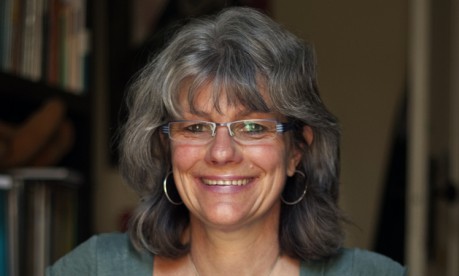Bad religion.
There’s a lot of it around still, though I am convinced there’s less of it (at least of the Christian variety) than there has been in the past.
Even so, desperately bad religion dominates the daily paper, from Islamic fundamentalists filming grizzly decapitations, to the Catholic powers that be still trying to cover up the appalling abuse their employees dealt out over centuries.
The fact that people can take the ultimate in loving – God – and turn it into an excuse for hatred is the worst kind of blasphemy.
There’s another kind of bad religion that is less obnoxious and damaging but upsets me almost as badly.
It’s the religion that condemns beauty.
Geraldine Brooks’ book Caleb’s Crossing is set in the 17th century, in a colony of Puritans living in what is now Martha’s Vineyard, US.
They live in fairly brutal physical conditions, trying, with degrees of success, to convert the locals to their understanding of Christianity.
The main character, Bethia, is a feisty, smart, freedom-loving girl whose story we follow to old age.
Raised a devout Puritan, young Bethia has the deepest feeling of guilt about loving the landscape of her home so much. In her brand of religion, beauty is deeply suspect.
Wondering about the endless variety of nature, she muses, “It came to me then that God must desire us to use each of our senses, to take delight in the varied tastes and sights and textures of his world. Yet this seemed to go against so many of our preachments against the sumptuary and the carnal”.
There are still groups of Christians who seem to find beauty deeply suspect.
Witness the appalling ugliness of so many chapels. Of course things don’t need to be Vatican City-level ornate or extravagant, they can be as simple as you like, but they do need to be lovely. Continue reading
- Clare Boyd-Macrae in The Sydney Morning Herald
Clare Boyd-Macrae is a Melbourne writer.
